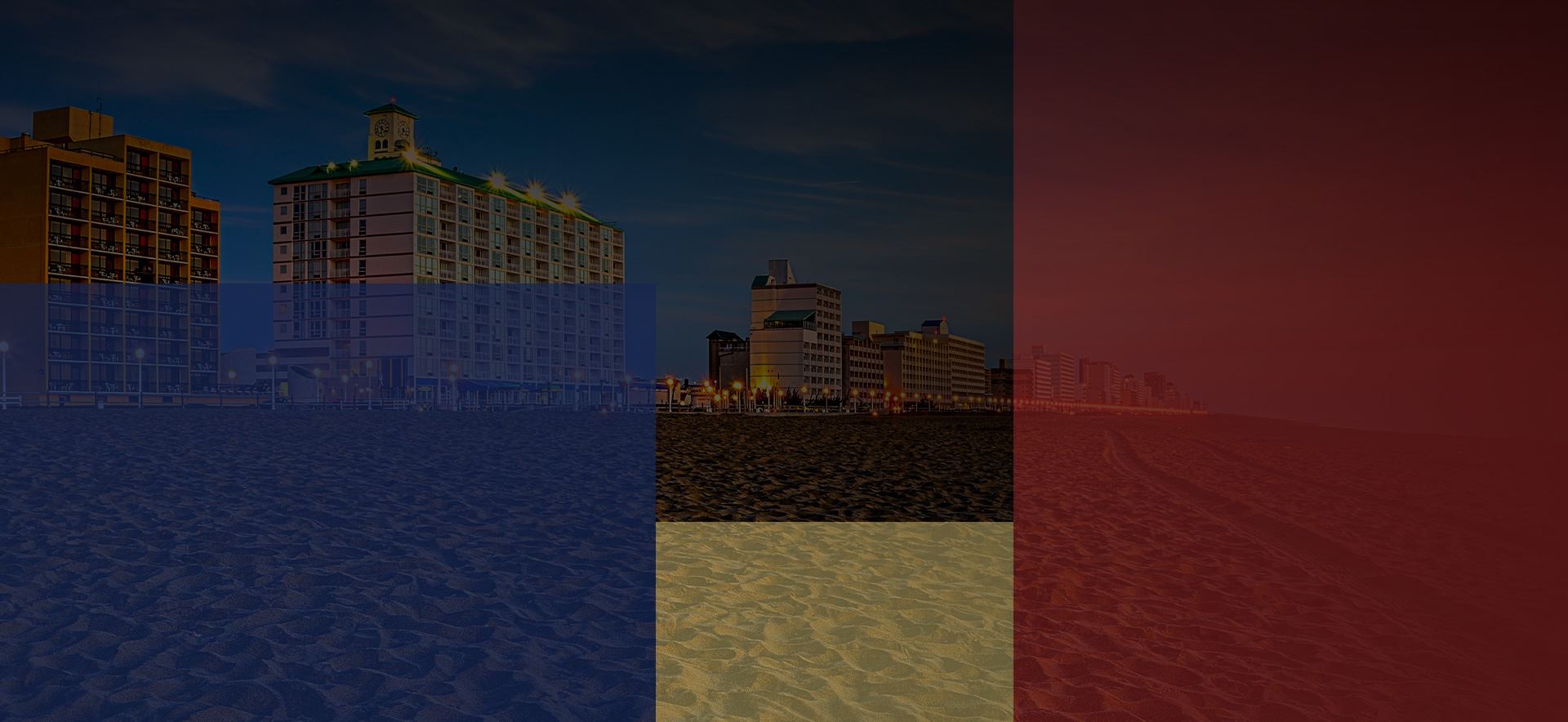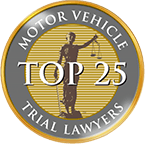
ORTHOPEDIC INJURY
Accident related and traumatically induced orthopedic injuries generally involve damage to the structure and/or function of components of the musculoskeletal system. This can involve bones, tendons, ligaments and related structures. This may include sprain/strain, fractures, tendonitis, crush injury, and/or degenerative of joint and other structures. Injuries can range from mild to severe and catastrophic. Injuries may be temporary or permanent. Conservative treatment or major surgery may be required. The nature and degree of any traumatically induced injury can depend on the age and health of the person involved. For example, an elderly person may have no symptoms of degenerative body changes, which become painful and symptomatic when an injury occurs. Often insurance carriers try to blame a victims resulting injury on preexisting problems when in fact the accident event caused a cascading of physical problems that the victim would not have experienced but for the accident event. The most common causes of such injuries are motor vehicle accidents, falls, defective products, recreational injury and industrial accidents.
Proper evaluation of orthopedic injuries generally requires the skills of a highly trained and competent medical specialist called an orthopedist. In addition to their clinical ability, proper evaluation may require proper x-rays, cat scans, magnetic resonance imaging (MRI), ultrasound, nerve conduction studies, bone scans, or other diagnostic tools.
Treatment may include surgery, physical therapy such as electrical stimulation, ultrasound, laser therapy, and special exercises, and medication
FRACTURES
A fracture in the bone is a break that can either be complete (bone is completely separated) or incomplete (bone is broken but not completely separated). Fracture sites may also be closed (skin is not broken over the fracture area) or open (where the broken bone has punctured the skin, causing a wound or the injury resulting in the fracture also resulted in a cut to the skin). Broken bones are often as a result of some type of force or trauma to the area. Motor vehicle accidents, being hit by a car, falls or sports related injuries all might exert enough force to result in a fracture or broken bone.
Elderly accident victims are at higher risk for sustaining a broken bone due to the changes in their bone density. They are also more prone to developing bone diseases (i.e. bone cancer, tumors) which also increases the risk for bone fractures. Children are less adapt to sustaining a fracture in comparison to adults due to their incomplete bone density formation and the flexibility of their bones.
People who have suffered from a broken bone often complain of pain at the site of the break. There is usually some swelling present. A person may also indicate that there is tenderness to touch over the affected area. You may be able to see the deformity of the broken bone and bruising.
Treatment of broken bones includes assuring the appropriate alignment of the bones (may need to be realigned by a physician) and then splinting the area. The time a person must wear a splint depends upon the bone broken and the extent of the injury. Occasionally, especially with open fractures, a person may be required to go the operating room for surgical repair of the bones). If the fracture is severe, rods, plates and screws may be required to surgical repair the broken bones. Accident victims may require assistive equipment such as crutches, walkers and slings to assist them after the casting of their broken bone. Physical therapy may also be required, dependent upon the injury and healing time to ensure adequate muscle strength and joint flexibility. Pain medications and muscle relaxers are often prescribed to assist with complaints of pain and muscle spasms.
Complications of broken bones include a failure of the bones to heal appropriately, blood loss from the broken bone, and infection if the injury resulted in an open fracture.
SPRAINS
A sprain is a stretched or torn ligament around a joint. (Ligaments connect bones together) Sprains most often affect ankles, knees, wrists, shoulders and fingers; however, any joint can be sprained. Sprains usually occur due to trauma to the specific area. This can include falling, twisting, contact sports and/or motor vehicle accidents. Ankles are the most frequently sprained joints as a result of their exposed position and the stress it sustains during activities. Accident victims who have sustained a sprained joint may develop pain or tenderness in the affected area, swelling, bruising and discoloration of the area, and/or loss of normal mobility. Some people may be able to use the affected joint (i.e. continue to walk) but this would only occur with pain. Immediate swelling and development of bruising are significant signs of sprains. Sprains are often classified as mild, moderate or severe. Mild sprains result is some pain and mild swelling whereas moderate sprains result in pain, swelling and the inability to use the affected area for several days. Accident victims with severe sprains have suffered from a tearing of the ligament. Symptoms of a severe sprain may include pain, swelling, bruising and inability to use the affected area.
STRAIN
A strain is a weakened, stretched or torn muscle or tendon. (Tendons connect muscle to bone). This is often referred to as a pulled muscle and is often a result of overusing or overstretching a muscle or tendon. Strains are frequently seen in sports related accidents. Accident victims can strain their ankle by missing a step or from the force of a motor vehicle accident. Strains can be responsible for lower back pain that develops after lifting heavy objects incorrectly. Strains can be described as a sudden, sharp pain that later becomes stiff and sore. Areas that are strained may also become swollen. Accident victims frequently report difficulty with using or moving the affected area. Strains can also be classified as mild, moderate or severe. With mild strains, a victim may complain of pain to the affected area, with some muscle strains. Moderate strains develop symptoms similar to mild strains, however, a person may often cite discoloration and difficulty using the affected area. Accident victims who report hearing a "popping" sound with the injury may have suffered from a severe sprain.
Treatment of sprains/strains may involve rest, ice, compression, elevation, medications and physical therapy. Dependent upon the severity of the injury, the involved area may require casting or surgery for severely torn ligaments, tendons or muscles.
Accident victims who have repeated sprains and injuries of the same area may develop permanent weakness and disability. It is also possible to develop arthritis and other long term complications because of a severe sprain.
If you have a case, don't hesitate to contact our firm today to get started.

-
 TENS OF THOUSANDS OF CLIENTS HELPED. MILLIONS OF DOLLARS WON.Delivering real results for clients through strategic legal representation, dedication, and a proven track record of success in personal injury matters.
TENS OF THOUSANDS OF CLIENTS HELPED. MILLIONS OF DOLLARS WON.Delivering real results for clients through strategic legal representation, dedication, and a proven track record of success in personal injury matters. -
 EVERY CLIENT IS SPECIAL. EVERY CASE IS IMPORTANT.We believe in treating every client as unique and every case as significant, ensuring personalized attention and dedicated advocacy.
EVERY CLIENT IS SPECIAL. EVERY CASE IS IMPORTANT.We believe in treating every client as unique and every case as significant, ensuring personalized attention and dedicated advocacy.

Hear From Our Clients
At Larry King Law, your satisfaction is our priority! See for yourself what our clients have to say about working with us.
-
"Knowledgeable, Experienced and Committed Trial Lawyers"
The process of choosing the right criminal defense lawyer(s) can be daunting, scary, and frustrating. Choosing wrong can not ...
- Delmas Linhart -
"They Fight For Their Clients!"
Mr. King, his associates and paralegals helped me through a very difficult time in my life. I was in a car accident with my 2 ...
- Rachael -
"Great experience!!"
I was confused and embarrassed to admit I needed help but, this was a painless ordeal and I was treated with respect and unde ...
- Stacy kahler -
"Consummate Professional"
As a police supervisor, I have known Larry King professionally for over 30 years. During that time I have always found him to ...
- Lieutenant J. W. Boswell, NNPD, Retired
-
 The Power of Experience
The Power of ExperienceWrongfully injured? Work with experience. We empower victims.
-
 Hire The Right Lawyer
Hire The Right LawyerWe know accidents and injuries. We know the law, and we can help.
-
 Get The Help You Need Today
Get The Help You Need TodayGet a smart, skilled fighter on your side. Free consultations are available.





















